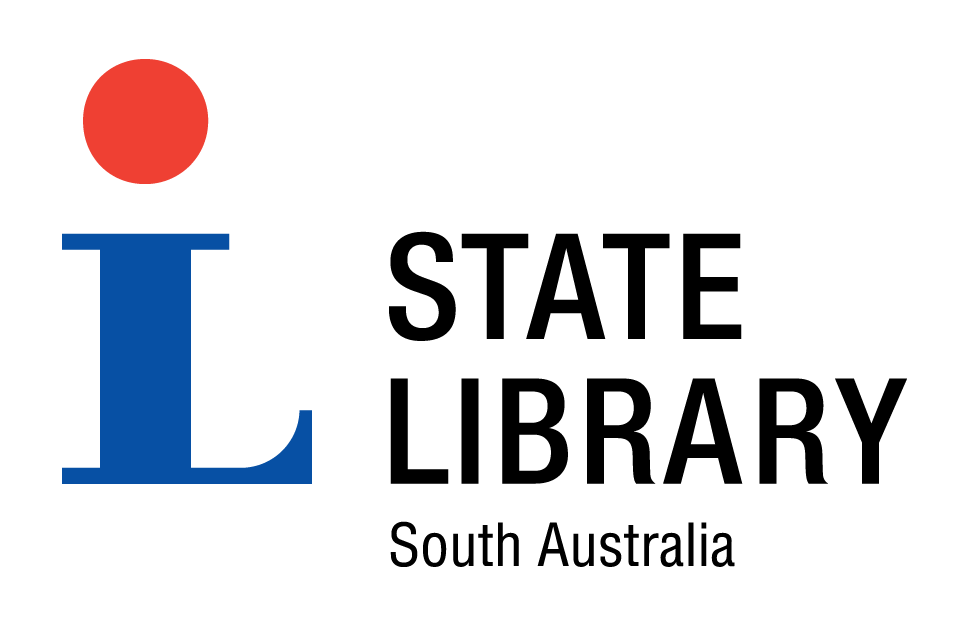
Special surveys in South Australia |
|||
|---|---|---|---|
| Title : | Special surveys in South Australia |

|
|
| Creator : | Arrowsmith, John, 1790-1873 | ||
| Source : | Map showing the special surveys in South Australia to the eastward of the Gulf of St. Vincent | ||
| Place Of Creation : | London | ||
| Publisher : | John Arrowsmith | ||
| Date of creation : | 1841 | ||
| Format : | Map | ||
| Catalogue record | |||
| The State Library of South Australia is keen to find out more about SA Memory items. We encourage you to contact the Library if you have additional information about any of these items. | |||
| Copyright : | Reproduction rights are owned by State Library of South Australia. This image may be printed or saved for research or study. Use for any other purpose requires permission from the State Library of South Australia. To request approval, complete the Permission to publish form. |
| Description : |
This map shows South Australia from Latitude 33 to 35 degrees 40 minutes South and Longitude 138 to 141 degrees only, that is Saint Vincent Gulf to the eastern border. It was compiled by John Arrowsmith from documents in the Survey Office, Adelaide. The map includes river systems, mountain ranges and notes on natural features, and also special surveys outlined with a legend of the purchasers. The map and the special surveys reveal the extent of the exploration of South Australia since first settlememt in 1836. The Finniss River and Currency Creek were discovered in 1837, the South Parra or Gawler River in 1837, and Edward Eyre discovered the River Broughton and Crystal Brook in 1839 and 1840. Governor Gawler's 1839 expedition to Mount Bryan is shown leaving and returning to the Elbow or North West Bend on the River Murray. Hawdon Plains and Gouger Range at the top of the map are now unrecognised names on both Place names online (http://www.placenames.sa.gov.au/pno/) and in Manning's Place names of South Australia. The map also includes some description of the land, particularly along the River Murray and the legend of names of the purchasers of the Special Surveys can be seen at the left of the map. Special surveys were exceptions to the rule that land could not be acquired before it had been surveyed by the official surveyors. However private individuals or a consortium could pay for a large block of land that was outside of the surveyed areas to be surveyed for them and then claim the choice land within the special survey area. None of these special surveys were undertaken after 1846, as the British government considered that land sales should be fully available to the general public and not just wealthy individuals. |
| Subjects | |
| Related names : | Arrowsmith, John, 1790-1873 |
| Period : | 1836-1851 |
| Region : | Mt Lofty Ranges and Eastern Plain |
| Further reading : | Manning, Geoffrey H., Manning's place names of South Australia [Adelaide]: G.H. Manning, 1990 Finnis, H. J. The first special survey [Adelaide?: s.n., 1951] (Adelaide?: Hunkin, Ellis & King) Williams, Gwenneth South Australian exploration to 1856 Adelaide: Board of Governors of the Public Library, Museum, and Art Gallery of South Australia, 1919 The Wakefield companion to South Australian history Kent Town, S. Aust.: Wakefield Press, 2001 |
| Internet links : | |
| Exhibitions and events : | State Library of South Australia: Mortlock Wing. Taking it to the edge August 2004- |


